Skip to the content
Participant Details
- Community Arts Partner Name
- Dana Squires
- Partner Type
- Individual
- Profile Photo
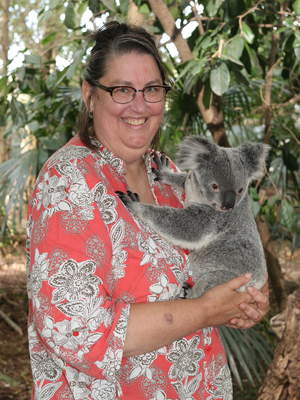
- Individual Bio or
Organizational Statement
- Dana Squires is an artist and educator. She approaches teaching as a creative endeavor in itself and as an integral part of her artistic process. Like teaching, art is an excursion, an exploration. Art is a process. In life and in art, she is interested in culture – how it works and is reflected in worldview and the vernacular arts. Spending time in, and learning from other cultures, is an artistic muse. Like art, being in a foreign culture is a way to experience and see things from different perspectives.
With over 15 years experience as a teaching artist and trainer, she has taught in schools at all levels, teaching art, doing arts integration work, and training teachers. She has worked with refugee organizations, with learners of English as a Second Language, and lived and worked in villages in West Africa and Melanesia. Currently, she is working with an international cohort on the development and implementation of a teaching-artist training program for local artists in Namibia. Dana studied Making Thinking Visible concepts through the Graduate School of Education at Harvard University.
Grade Levels Preferred
- Grade Levels Preferred
- 3rd - 5th, 6th - 8th, 9th - 12th
Artistic Disciplines
- Discipline
- 5, 6, arts integration
- Type
- Painting and drawing
Printmaking
Mixed media
Understanding and Seeing art
Cross-cultural
Developing Creativity
Arts integration
Experience
- Previous School Partnerships
- Museum of Northwest Art
Bainbridge Island Museum of Art
Charles Wright Academy
Ovation Academy
Avanti High School
Lincoln Options Elementary
Boston Harbor Elementary
Boy Scouts
Thurston Co Refugee Center
The Evergreen State College
- WA State TAT Lab Graduate
- Yes
- Other Trainings or Certifications
- MIT Media Lab, Learning Creative Learning
Harvard Graduate School of Education, Making Thinking Visible
Harvard Graduate School of Education, Visible Thinking online
National Endowment for the Humanities Summer Scholar Program
Gullah Voices, Transitions and Transformations
Creating Inclusive Environments for Students with Disabilities, VSA Washington
Professional Development
International Society of Arts in Education, Vancouver. (Presenter)
International Conference for Teaching Artists, Oslo, Norway 2012, Brisbane, Australia (presenter) 2014 , New York City (presenter) 2018.
National Arts Educators Conference, Seattle WA.
Project Zero Perspectives, Learning Together, Leading Together
Project Zero Perspectives, Making, Thinking, Understanding
Seattle Art Museum:
Creativity, Critical Thinking and Contemporary Art
Teaching from Innovation and Tradition
Visual Narratives for the Classroom
Building a Community of Thinkers Summit
- Sample Lesson Description: Student / Classroom Residencies
- Think Like an Artist - developing a creative mindset
Putting it all Together - patterns, composition and negative space
Understanding (and Appreciating) Yourself as an Artist
36 Views of Mt. Rainier (Ukiyo-e and printmaking)
Art as Math, Math as Art
Islamic Patterns
Mark Making
Creative Mapmaking
Most of all, I would love to work with you developing integrated programs to fit what you are studying in your classroom.
- Sample Workshop Description: Teacher Professional Development
- Teaching Creative Thinking
The end product often becomes the focus in art, but learning happens, perhaps undetected or forgotten, somewhere along the journey. By focusing on brief insightful moments of seeing, critical thinking, and problem solving rather than the finished product, we can reinforce creative thinking, synthesizing and evaluating information, and raise the awareness of the learning that is taking place. Students become thinkers, owners of their own process.
This workshop will look at concepts related to Making Thinking Visible (MTV, Harvard/Project Zero) and how simple strategies can be adapted in productive ways to help students see, value, and participate in their own learning, and how to apply these concepts in an art (or other) classroom.
Unfolding Creativity
Develop creative problem solving and those all-important (and intangible) critical thinking skills through visual art practice in your classroom.
We will look at an outwardly simple art projects that, with limited materials and strict parameters, challenges participants to experiment push their thinking. By questioning guidelines and conventions, and solving the problems in their own way, we see that there are unlimited possibilities even within confining parameters.
Shared exercises can be added to and/or adapted to serve diverse age groups and populations, and to address different issues and disciplines across curriculum.
Areas of Experience and Expertise
- Approved Professional Development Provider
- 1
- Approved Classroom Residency Provider
- Yes
Teaching Approach
- Teaching Philosophy + Approach
- Art is not a set of skills but a process of seeing and solving problems in creative ways. My goal as an arts educator is to provide a rich environment where students can explore and find their own solutions, a process-oriented path that allows the student to look at things from different perspectives, develop innovative thinking, and to solve problems creatively. My work is about thinking like an artist, no matter which subject we are in. It is about developing and recognizing creative thinking, problem solving, and other 21st Century skills.
I challenge learners to be observers in the world around them and to examine what they see, ultimately translating their personal impressions into art – be it a drawing, group project, or something else completely. By making authentic connections between the arts and other academic areas, art-based learning helps students make connections between disciplines and aids their creative thinking and learning in and across subjects.
- Curriculum Integration Possibilities
- Teaching art directly or across an integrated curriculum, I approach education from an inter- and cross-disciplinary mindset. I am excited in collaborative interdisciplinary teaching environments, and bringing art into the non-arts classroom. My interest and experience in foreign cultures and seeing the world from different perspectives is a natural tie-in for many subjects. Art teaches us about other cultures and worldviews, helping provide a foundation for empathy and cross-cultural understanding in the world. I have developed and taught in many long-term arts-integrated social studies programs at area schools.
Art is also a good vehicle for exploring other subjects. Art can help students understand math and science concepts in fun and hands on ways, and has a inherent SEL component.
I have had good results in Language Arts, Literacy, Social Sciences, History, Geography, Math, and the Sciences.
- Special Skills and Areas of Expertise
- I have a special interest in world cultures. Exploring cultural worldviews other than one’s own expands the way one sees and understands the world around us. Art does the same thing – it allows one to see things from a different perspective. Turn that around and it is also true. Art is vital in learning about and understanding other cultures.
Having worked as a Peace Corps Volunteer in both Africa and Melanesia, traveled widely in SE Asia, and taught English as a Second Language at the Thurston County Refugee Center and at EF Language School, I have extensive experience in cross-cultural education and communication.
- Testimonials from Schools
- " Students were not simply painting scenes of early history, but were developing historical interpretations through art, working collaboratively to solve problems, and creating displays that reflected their person interpretation of historic events." Avanti High School Social Studies teacher.
"The students were challenged to think in new ways. I changed my curriculum after working with you." Charles Wright Academy Middle School teacher.
Student quotes:
"I used to think art was boring. I didn’t see the point. Art class was a goof-off class. Now I think…art is fun. I understand the importance of it. Art class is a fun but hard-working environment."
"I used to think art was about drawing good. It was supposed to be about fancy paintings in museums and stuff. Now I know, it is about simple but complicated things. Art is about doing it."
Images
- Image
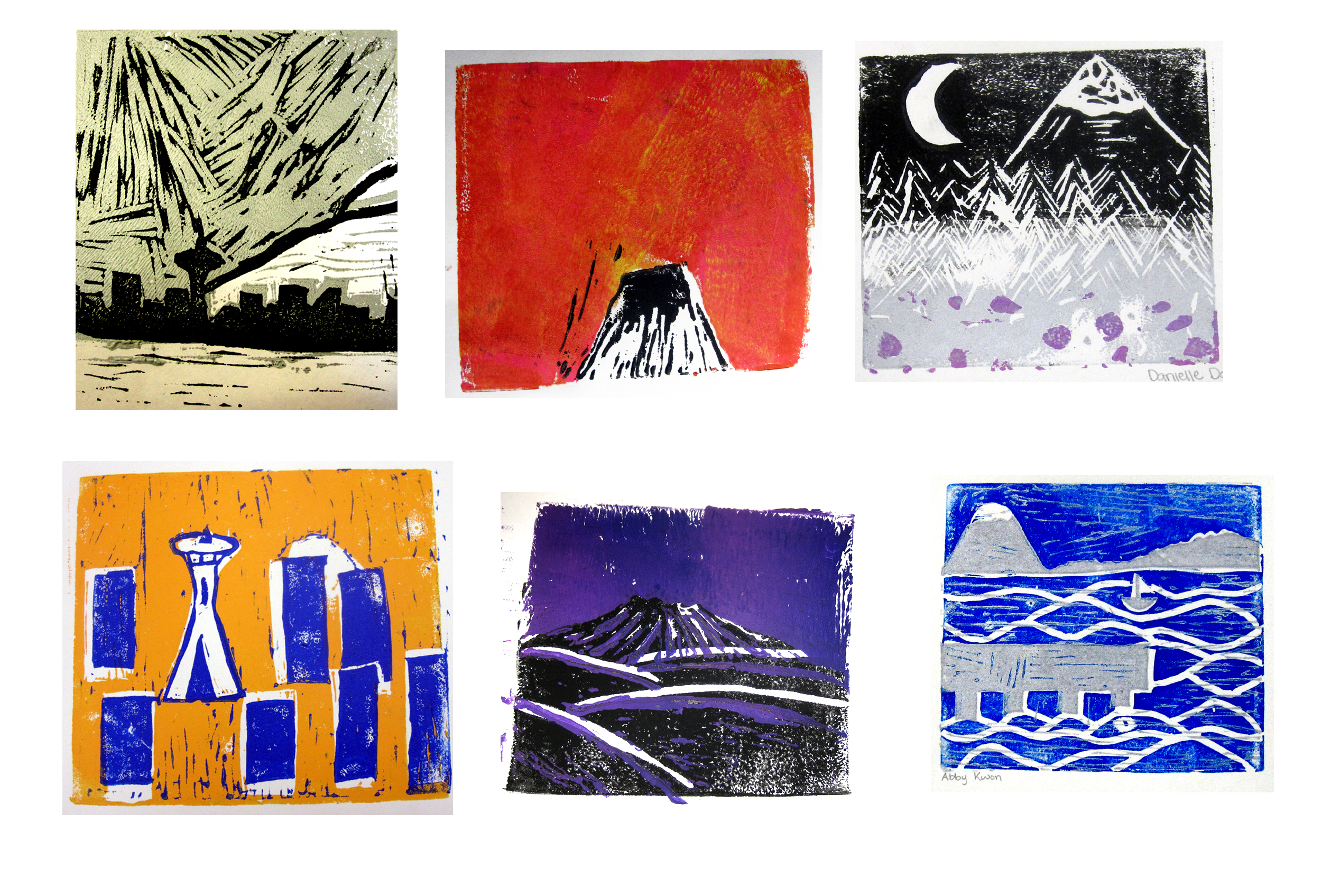
- Image Description
- 36 Views of Mt Rainier. After exploring Ukiyo-e and Hokusai’s 36 Views of Mt Fuji, students carved and printed their own 2 color block prints of Mt. Rainier from their own personal and artistic point of view.
- Image

- Image Description
- Composition and negative space. “My artwork is more interesting because I am considering the ideas I learned in class. The ideas of composition and negative space will stay with me. I look at art differently.”
- Image
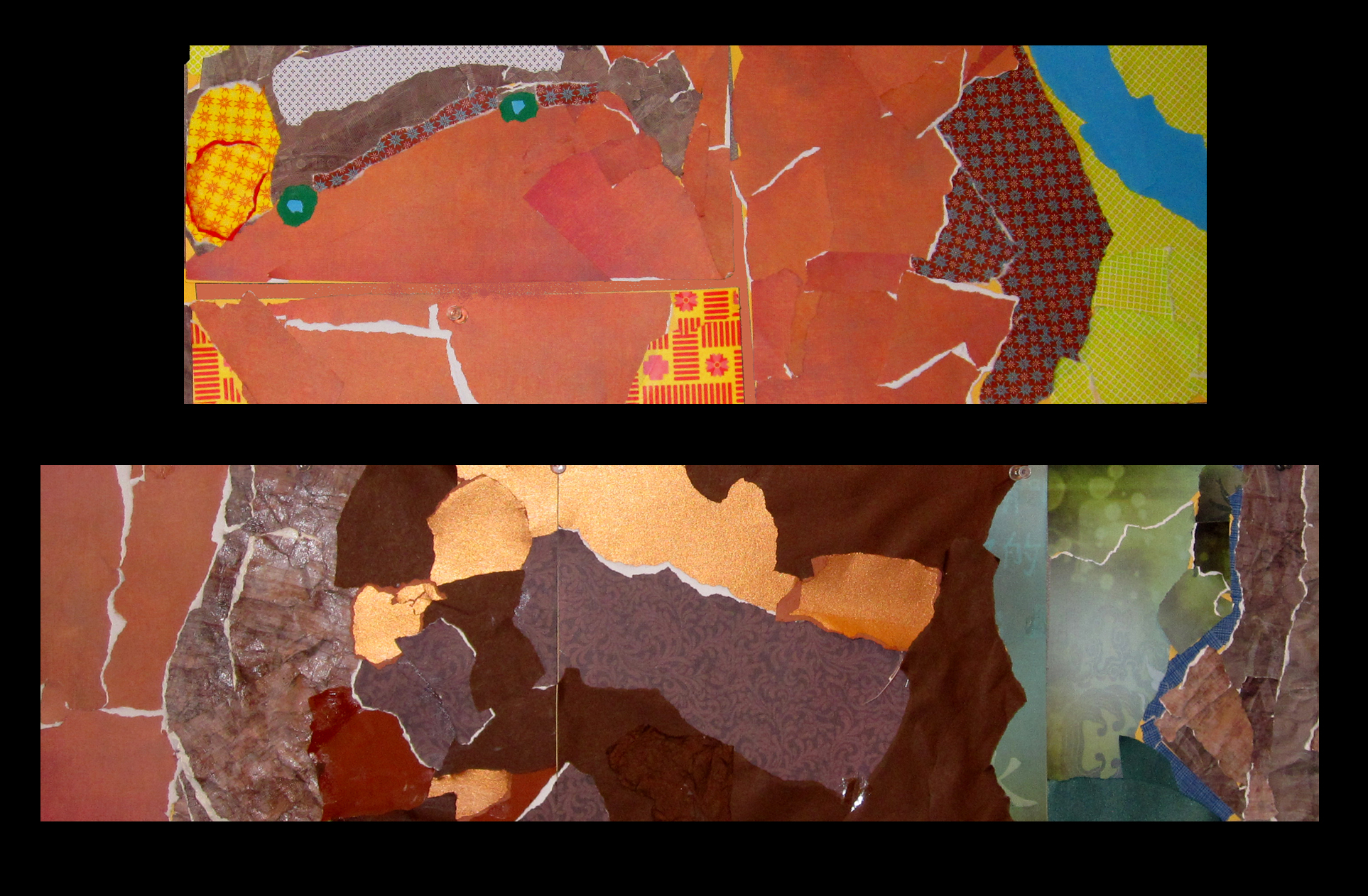
- Image Description
- Mapping the Silk Road, an integrated interdisciplinary Art/Social Studies/Geology unit: Torn Paper Maps. “I thought I wasn’t really interested in geology at all, but now I know and care about every inch of my Silk Road!” BH 11th grade
- Image
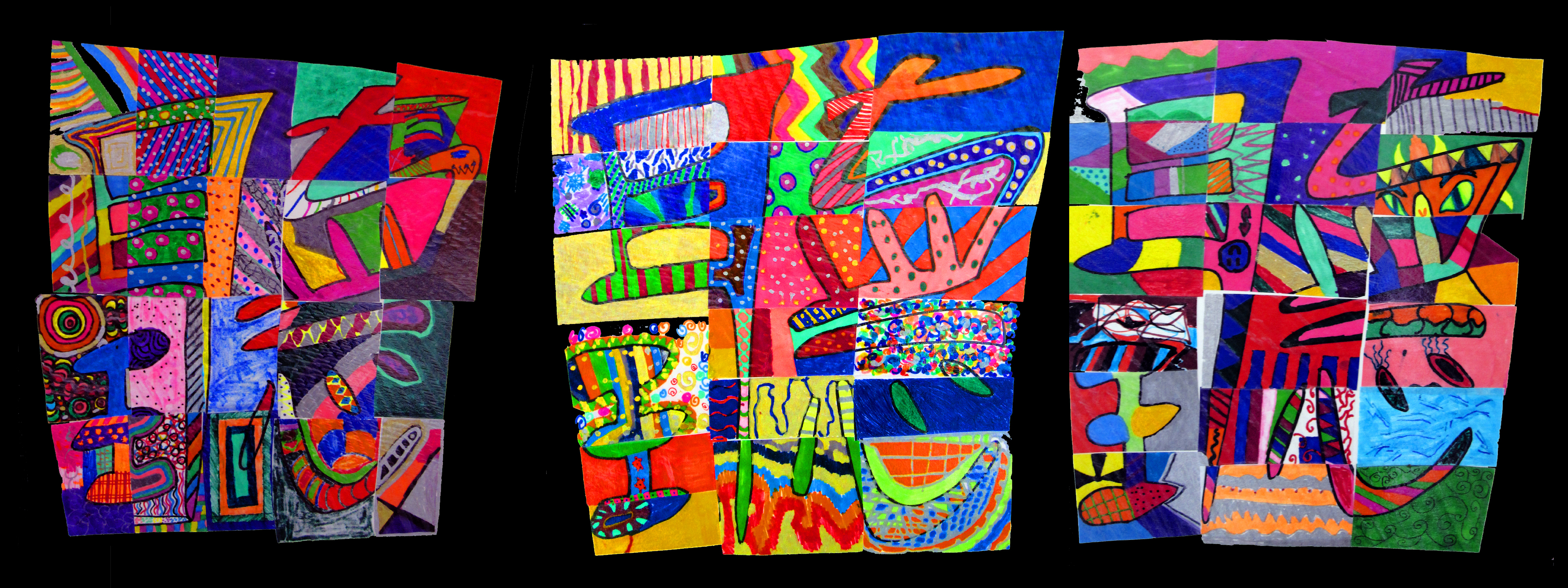
- Image Description
- Classroom agreements project. Collective “puzzle” posters of the abstracted Chinese character for TING (meaning to listen with your ears/ your eyes/ with attention focus, but most of all listen with your heart.
- Image
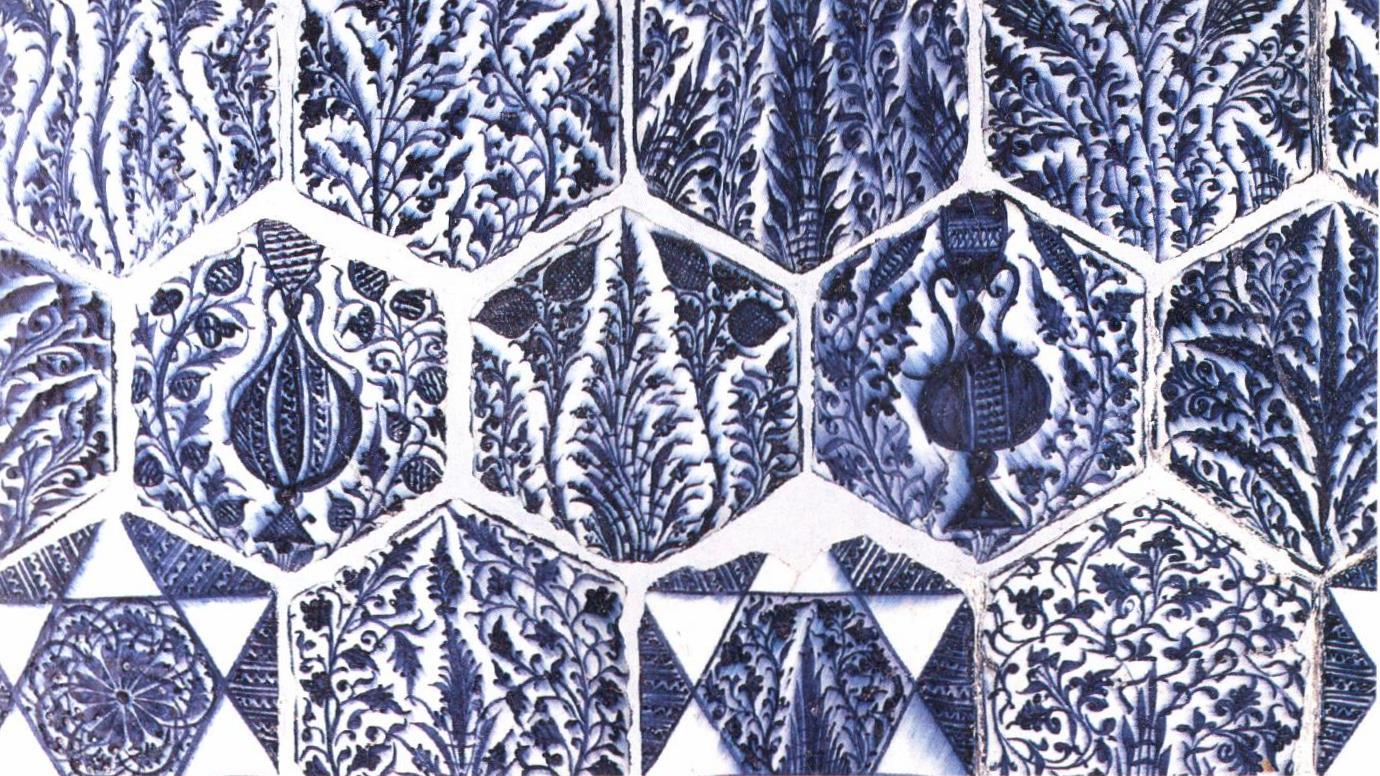
- Image Description
- Islamic Tile. Integrated interdisciplinary Art/Social Studies/Geography project.





